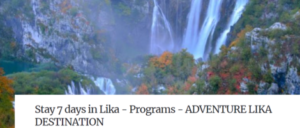Both the public sector and private initiative have adopted sustainable practices to minimize environmental impacts on the island. The implementation of solar energy is advancing, especially in the hospitality sector, along with the use of boilers and water reuse for gardening.
The Noronha Zero Plastic Program has been in operation since 2019. Through this program, the Island has abolished the use of disposables (cups, plates, cutlery, straws), plastic bags, Styrofoam packaging and similar materials, and liquid containers of less than 500ml. As a result, residents and tourists have adopted habits such as using eco-bags, metal straws, reusable cups, and other continuous-use products.
The Zero Carbon Program aims for Noronha to be the first carbon-neutral location in Brazil. Law No. 16,810, dated January 7, 2020, prohibits the entry of vehicles that emit carbon dioxide starting August 12, 2023, and encourages the use of electric cars, aiming for the complete replacement of polluting vehicles by 2030.
Fernando de Noronha
Environmental Preservation and Sustainable Tourism in a Natural Paradise
Why visit Fernando de Noronha
Fernando de Noronha is an oceanic archipelago of volcanic origin, with an area of approximately 26 km², comprising 21 islands, rocks, and islets, located 360 km off the Brazilian coast. It harbors a unique ecosystem, offering singular landscapes and a history-rich past, with 18th-century constructions and its discovery dating back to 1503. Its waters have a high degree of visibility, making it one of the best places in the world for diving and observing marine life. Fernando de Noronha is an ecological sanctuary of maximum preservation, where various entities dedicated to environmental preservation are involved, monitoring activities to ensure the destination’s sustainability.
Destination’s sustainability performance
Culture & Local Life
Fernando de Noronha has a strong connection with the history of capoeira in the country. At the end of the 19th century and the beginning of the 20th century, practicing capoeira was considered an act of subversion, and many of its practitioners were deported to distant places like Fernando de Noronha, where a Correctional Colony operated since its definitive occupation in 1737 for common prisoners from Pernambuco. The practice has withstood the test of time and remains active in the cultural activities of the Noronha community, along with traditional festivities, musical rhythms, theater, and other artistic expressions such as crafts, which use the island’s landscapes and biodiversity as themes for their pieces.
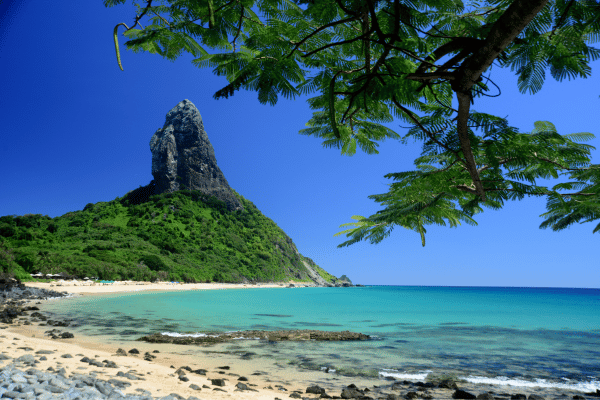
Sustainability
GOOD BUSINESSES
Discover accommodations, restaurants, shops and attractions that are commited to responsible development
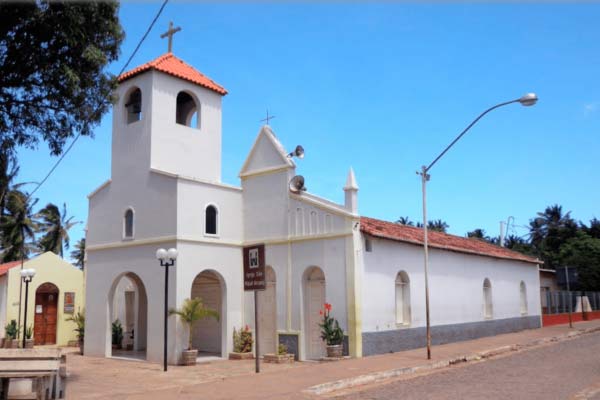
Historic and cultural heritage
In addition to the beaches, take the opportunity to visit the Casa de Taipa Museum and the Church of São Miguel do Arcanjo.
PROMO CODE:
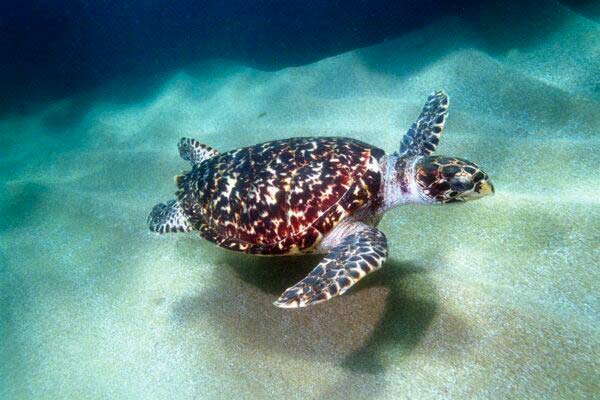
Historic and cultural heritage
In addition to the beaches, take the opportunity to visit the Casa de Taipa Museum and the Church of São Miguel do Arcanjo.
PROMO CODE:
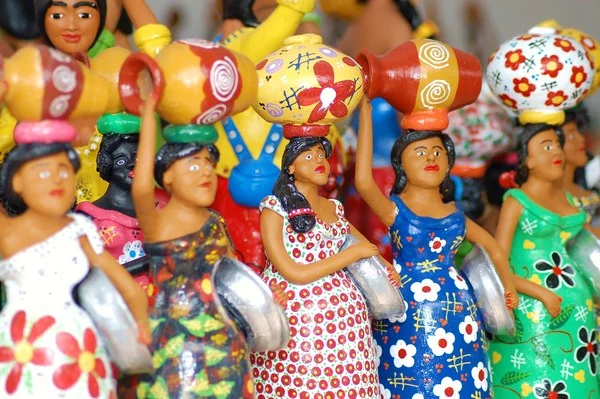
Historic and cultural heritage
In addition to the beaches, take the opportunity to visit the Casa de Taipa Museum and the Church of São Miguel do Arcanjo.
PROMO CODE:
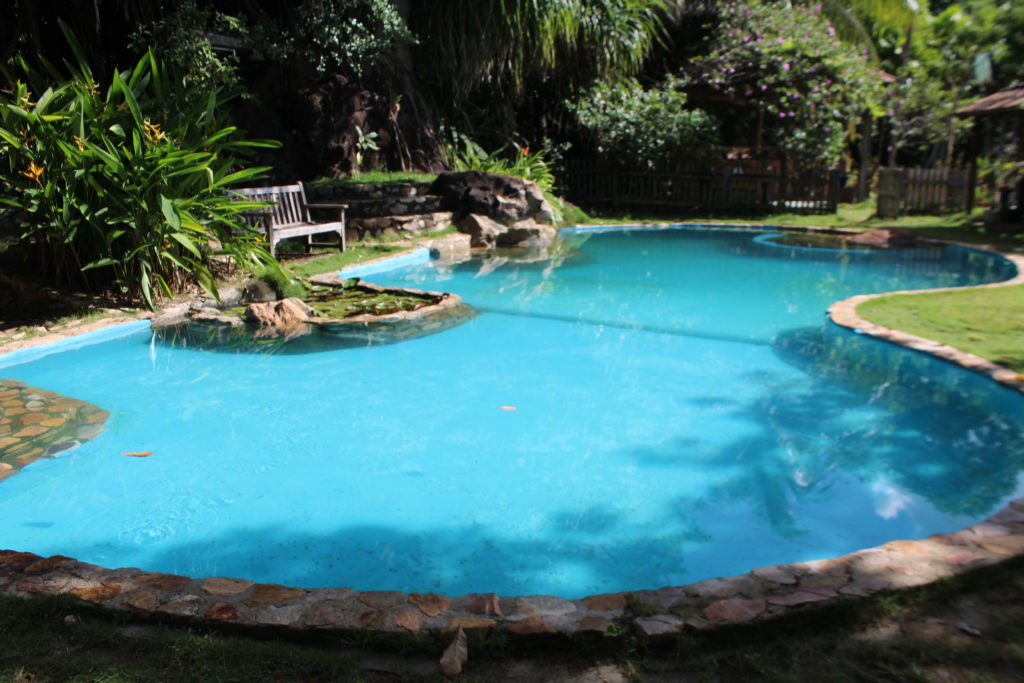
Historic and cultural heritage
In addition to the beaches, take the opportunity to visit the Casa de Taipa Museum and the Church of São Miguel do Arcanjo.
PROMO CODE:
Nature & Wildlife
Various activities can be practiced in harmony with nature, both on land and at sea. Besides landscape contemplation, the most practiced activities on the Island are: bird watching, free and autonomous diving, hiking, paddling (kayak, Hawaiian canoe), water biking, surfing, boat tours, running, cycling, and occasionally, kitesurfing, windsurfing, and skydiving.
Marine National Park – PARNAMAR
It covers a total area of 11,270 hectares, which corresponds to 70% of the main island (Fernando de Noronha) and the other islands (20 in total) of the Fernando de Noronha Archipelago. Its islands are a refuge for more than 70 species of birds, including migratory ones, for resting, feeding, and breeding. Two of these species, the cocoruta and the sebito, are endemic. Besides birds, Noronha is home to various terrestrial and marine species, with spinner dolphins being one of the Island’s great symbols, as Noronha is one of the world’s main observation sites for this species.
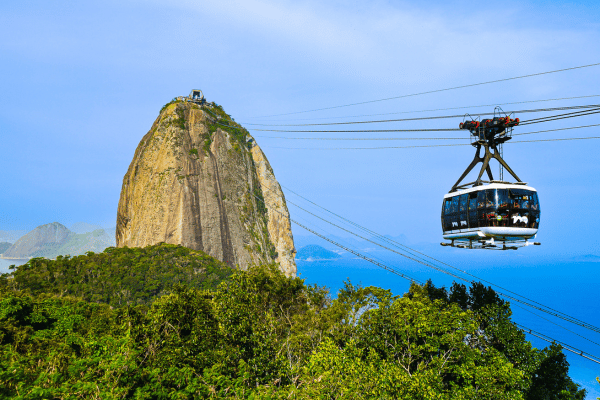
Getting there
Fernando de Noronha is accessible via direct flights from Recife (Pernambuco) and Natal (Rio Grande do Norte). Both flights take about an hour and offer scenic views of the island as you approach. Upon arrival, all visitors pay an Environmental Preservation Fee, which supports the island’s conservation efforts. Due to limited flight availability, booking in advance is recommended, especially during peak tourist seasons. For those coming from other Brazilian cities, connecting flights through Recife or Natal are the best option to reach this UNESCO World Heritage Site.
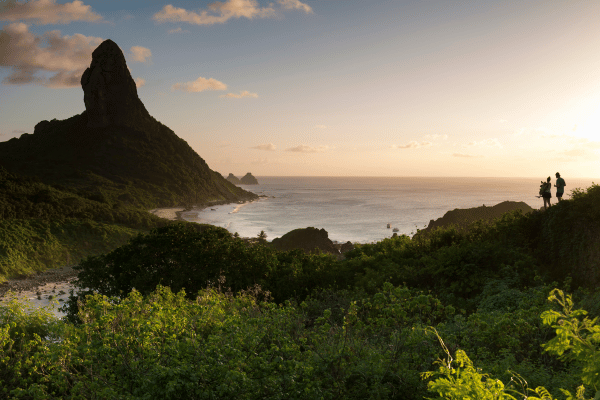
Getting around
Once on the island, transport options include electric buggies, taxis, and bikes, all promoting a low-impact, eco-friendly approach to mobility. Buggies are a popular way to explore independently and can be rented daily. For shorter trips, taxis are readily available and regulated. Alternatively, bikes provide a more sustainable option, ideal for the island’s small size and beautiful coastal views. To reach more remote beaches or diving spots, guided boat tours or small shuttle buses are recommended, offering convenient and environmentally conscious ways to navigate the island.
Find out here about suggestions from the destination of 7-day trips to visit Lika Destination.
Sustainability Recognitions

AWARDS
Fernando de Noronha received Green Destinations Standard Award: Bronze category during the ITB in Berlin, Germany – 2024
First Place in the 2nd Edition of the Pernambuco Tourism Award, in the Innovation and Sustainability category, with the Noronha Zero Carbon Program – 2021
Second Place in the 1st Edition of the Pernambuco Tourism Award, in the Innovation and Sustainability category, with the Noronha Zero Plastic Program – 2019
Visit other destinations nearby
Get in touch
Support
We are a multicultural, creative and dedicated team working to promote sustainable tourism. Join us in our fight against the climate crisis, single-use plastics and over-tourism!

